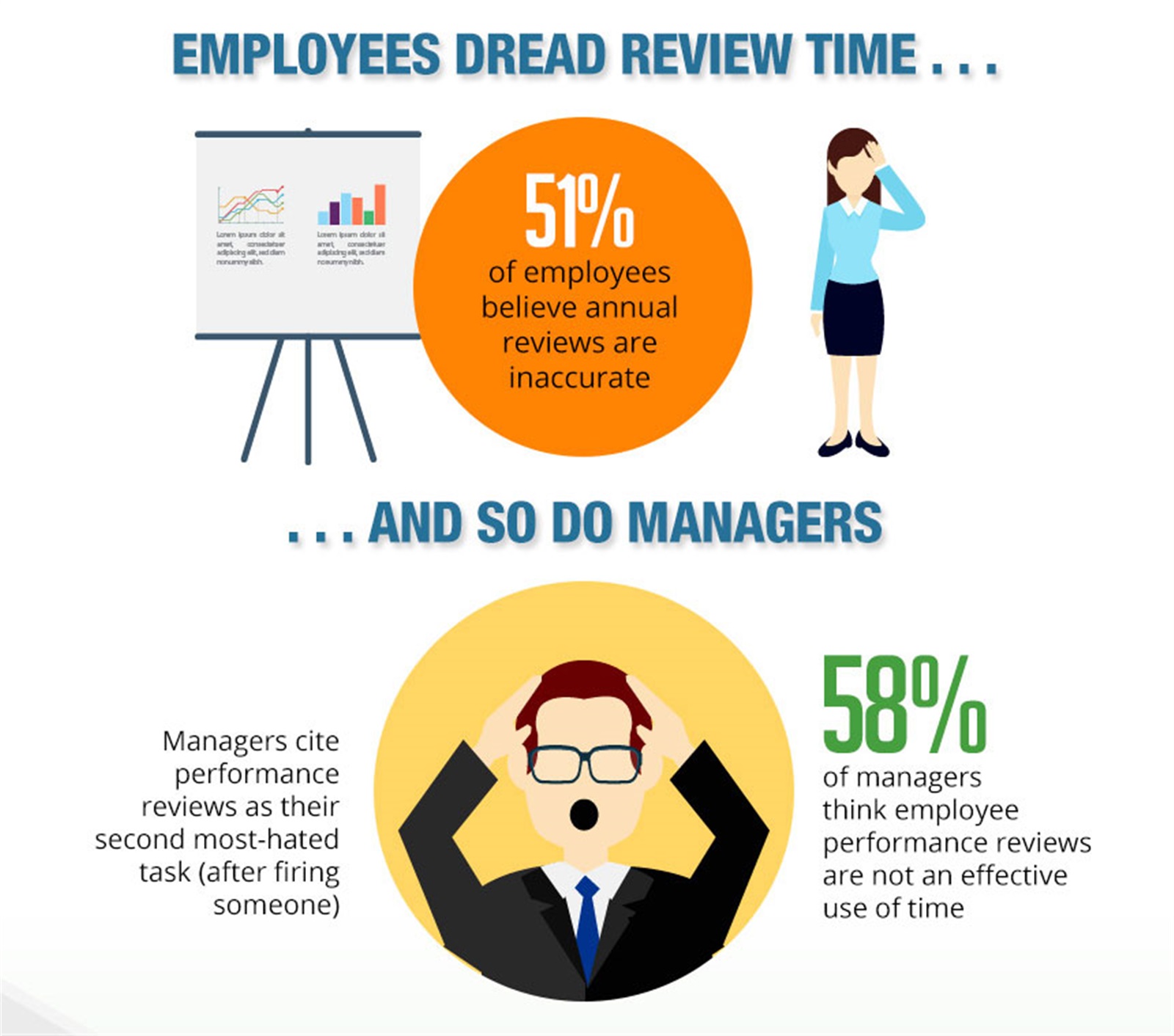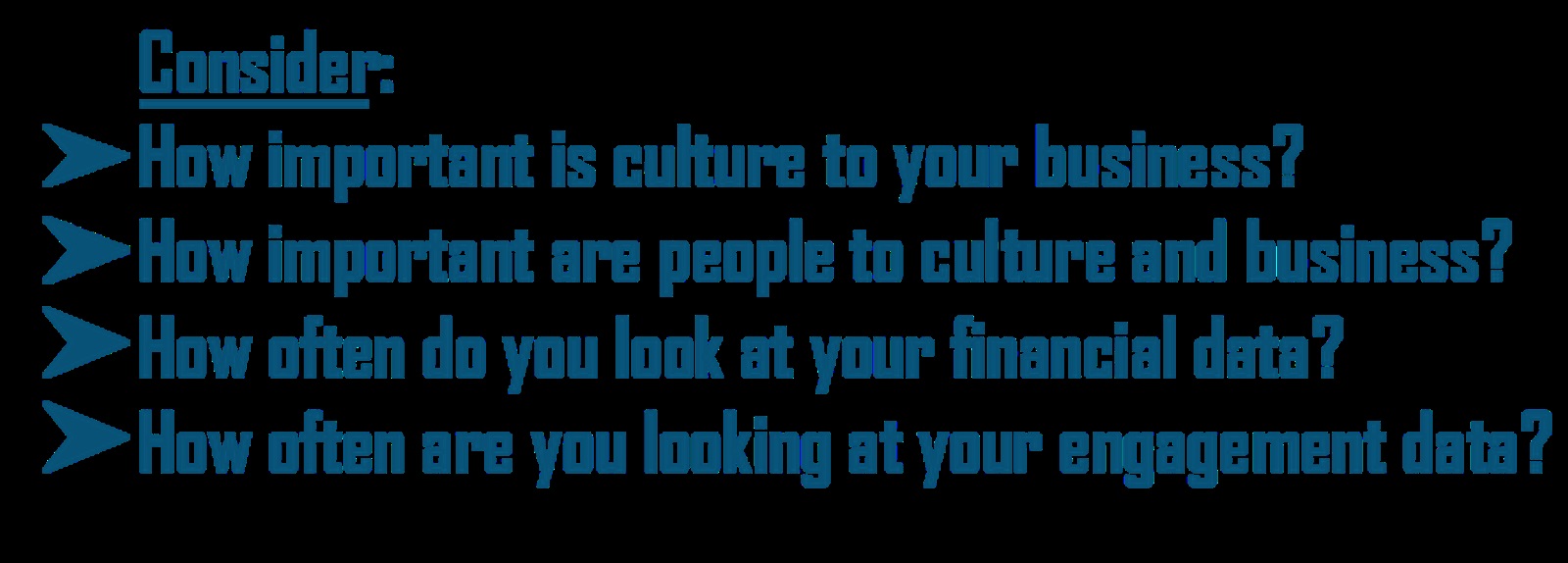
During the last decade or so, human resource management has been essentially flipped on its head. What was once a decidedly employer-centered market has become one driven by the needs and concerns of the employee. Despite still relatively high competition for jobs in a recovering global economy, more and more companies that require a skilled workforce find themselves competing for the people they need to get the job done. As the human capital gurus over at Deloitte so succinctly put it in the company’s Global Human Capital Trends 2015 report, “Employees are now like customers; companies have to consider them volunteers, not just workers.”

There are a number of factors that have led to this turn of the tides. The sense is that things really began to shift when certain companies (ahem, Google) started turning their unprecedented data collection and analysis capacities inward to gather real, verifiable information on how certain quality of living benefits affected employee productivity and retention. The results told them that happy (even pampered) employees, far from getting spoiled by the good life, worked harder and stuck around longer. Recruiting and training costs went down significantly and productivity went up (and up and up) as their HR departments shifted their focus away from enforcing company policy and toward fostering employee engagement and job satisfaction. The bottom line? They end up spending far less on all those perks than they had been on turnover, plus they’re getting higher quality talent.
Now, of course, everyone knows the score, and more and more companies are looking to get on board. They really have no choice. An increasingly diverse job market means that talented and skilled workers have more options, and sites like Glassdoor.com, LinkedIn, and even Facebook give them easy access to a whole bank of available positions right along with information from current and former employees on everything from how difficult the interview process is to how well they’ll be taken care of when they retire. Everything is on display for companies these days, and they can choose to either try to put lipstick on a pig (it would be negligent to ignore the oft-quoted statistics released earlier this year in the Gallup’s State of the Global Workplace Report indicating that less than a third of workers in the United States and only 13% worldwide consider themselves to be engaged in their work, with almost 18% finding themselves “actively disengaged”) or to turn that pig into something else. Something like delicious, enticing bacon. Fortunately, though, this bacon doesn’t require a slaughter.
What it does require is a way to accurately assess how your company measures up in the less tangible areas of company culture, employee happiness, and the much-sought-after employee engagement.

To meet this new challenge, the businesses world has lately been taking another look at some of the time-honored methods companies large and small have long been using to measure and assess the state of their workforce. An infographic published right here on the Findmyshift blog just a couple of months back illustrates recent findings around one of these – the annual review. It has been found severely wanting. A distinct majority of managers and an overwhelming majority of employees find this antiquated process not only ineffective, but acutely unpleasant.
Interestingly, many of the same qualities that make annual reviews so unpopular are shared by another long-standing HR practice, the annual survey.
Like annual reviews, annual surveys are issued with the same questions across a company, blind to the vast differences between the experience – and expectations – of a sales rep at the counter and an accountant at HQ. The information is, by necessity, requested in only the vaguest of terms and the data collected is, as a result, equally vague. Consequently, an annual employee survey provides, at best, a somewhat blurry snapshot of a point in time, almost always interpreted out of context and rarely acted upon before it has become irrelevant. And this assuming that employees are providing thoughtful and truthful responses throughout and not losing interest by question 10, which anecdotal evidence suggests they do. One can turn again to the experts at Deloitte to sum up the state of affairs: “At a time when corporate cultures are being continuously debated, shaped, and redefined on social networks, the once-a-year survey is perilously obsolete.”
If annual surveys don’t work, how do I measure employee engagement?
A good question. And who better to answer than the experts?
Stephen Huerta is the Co-Founder and CEO of Workify, a company created specifically to help organizations solve this problem. His advice? Ask the right questions and ask them more often. Then analyze the data and act on the findings.
That simple, huh? Well, sort of, but not exactly. He breaks it down:
Ask the right questions
The traditional annual survey has something like 40-50 questions, divided into several categories pertaining to things like communication with management, transparency, general job satisfaction, etc. Interestingly, only a small subset of these questions actually elicit a thoughtful response on the part of those being surveyed. The rest tend to get an across the board equivalent of “fine” (7-9), yielding literally zero useful feedback. Take that survey down to only a few questions that actually feel relevant to employees, and you are much more likely to get a truthful, or at least thoughtful, response. Of course, when you only have a few questions, you really want to be sure you ask the right ones. What is becoming apparent is that today’s employees, the ones that are taking over the job market right now (the infamous generation known as “millennials” will make up more than half of the nation’s workforce in the very near future), not only expect to be happy at work, but they expect their company and their managers to create an environment conducive to professional, and in many cases personal, growth. They want to feel like they are participating in something meaningful and part of something grander than just a job.
These are the factors that are going to keep them coming to work at your company and keep them productive once they’re there. Consequently, the questions relevant to maintaining a skilled and productive workforce are the ones that gauge employee engagement, and not just the traditional “job satisfaction”. Engagement is about how connected an employee is to the culture, mission and values of your organization and the degree to which they are enabled and inspired to participate in furthering them. The questions you need to ask, then, will look like: “Do you feel you have ample opportunity to further the mission of this company?” and “Do you feel your skills and capabilities are being fully utilized in your current position?” After all, today’s employees gauge their satisfaction on the degree to which they are moved to engage.
Now, there is nothing like experience to help you determine what kinds of questions you want to ask. Consultant services like Workify and, on a gigantic (and pricey) scale, Gallup and BCG, start their work with helping companies identify, based on data like attrition rates (of both employees and customers) and on a few initial questions issued to employees, what questions are going to get you the actionable data you need. Gallup has narrowed their survey down to 12 standard questions, Workify usually starts with even fewer.
As you have probably surmised, there is a prerequisite to being able to ask these questions. Your company has to have a culture model. Your leadership has to know what that model is and be able to infuse it into the entirety of the workforce. Your workforce, then, has to be inspired by that culture and helped to engage in furthering it. Asking the right questions can help you identify which of these factors might be missing when it becomes clear that something is.
Check in more often
The approach that many companies are taking is to start with one form or another of the pulse survey. These are surveys with no more than 10 questions, but often with just 1 or 2, that every employee is asked to answer on a monthly, or sometimes biweekly, basis. They’re quick, they’re precise, and most importantly, they allow you to get an ongoing rather than a static picture of how your employees are feeling about their employment. That’s right, we said “feeling”. BUT, Huerta points out, you can’t just ask “Do you feel you have ample opportunity to further the mission of this company?” every couple of weeks and expect to glean any useful, actionable data. His company, for example, utilizes cycles to help their clients hone in on the areas that are really in need of improvement. So, the cycle might start with a general question like, “Are you satisfied with opportunities for professional growth at this company?” and, depending on the responses, move in the next round of surveys to “Do you receive the support you need from your managers?” or “Do you find channels of communication within the company to be open and functional?” The second and third rounds of questions, then, help to identify exactly where the pain points might be.
ENPS
One great and increasingly popular place to start when it comes to measuring engagement is the Net Promoter Score (NPS), a score originally devised by Harvard Business Review in 2003 to indicate customer engagement, but easily adapted to measure that of one’s employees. It starts by asking every employee “How likely are you to recommend this company as a place to work?” or some variation thereof. The possible responses, then, are place on a scale from 0-10, 0 suggesting that they would warn people away and 10 that they would tell everyone they know to apply immediately. Answers of 0-6 indicate detractors, 7 and 8 passives, and 9 and 10 promoters (though some include 8 in this last group as well). Once the responses have been gathered, you ENPS can be calculate thusly:
ENPS = (# of promoters - # of detractors) / total # of respondents
The best possible score, of course, is +100, the worst -100. A positive number means you have more promoters than detractors, which is good. Generally, a score greater 50 indicates that you’re doing a pretty good job with company culture. According to Huerta, though, most companies start out in the negative.
This is one of the metrics the Workify uses to help its customers, it is one of two key metrics employed by Solstice, which consistently rates as a great place to work on sites like galssdoor.com, and by more and more large and small companies working to create the kind of company culture that will flourish in the new corporate world.
A variation of this method is employed by Wrike, named the San Francisco Business Times and Silicon Valley Business Journal as one of the best places to work in the Bay Area – a region with no small amount of stiff competition.
A variation of this method is employed by Wrike, which was recently named by the San Francisco Business Times and Silicon Valley Business Journal as one of the best places to work in the Bay Area – no small feat, given the stiff competition in the region.
“One of our company objectives,” the company’s founder, Andrew Filev, explains, “is ‘Be the best place to work’.” A simple enough metric. But how to measure it? “Because culture is difficult to quantify,” he goes on, “I put a lot of thought into how to measure this. In the end I decided to keep it simple and ask people directly, in a yes or no question: Is Wrike the best company you've ever worked at? So my measurable key result is written like this: ‘X% of team should believe that Wrike is the best company they ever worked at.’ This is part of our OKR process (How to Use OKRs for Quarterly and Annual Planning ), so it gets good visibility and solid support through the company.”
How do they gather the answers to this very simple question? Yup. Employee surveys. “For surveys,” Filev says, “we generally try to put strong emphasis on qualitative feedback, not just the numbers, so they are more insightful and actionable.”
How do they find out? Yup. Employee surveys. “For surveys,” Filev says, “we generally try to put strong emphasis on qualitative feedback, not just the numbers, so they are more insightful and actionable.”
Check in via media that employees are eager (or at least willing) to use
Yeah, this means smartphones. However you slice it, today’s employees, and especially tomorrow’s employees, like to do things – as many things as possible – through apps on their phones. Fortunately, these short surveys are perfectly suited for mobile delivery. OK, “fortunately” may not be the right word here. After all, fortune has very little to do with the elegant harmony that exists between mobile platforms and employee engagement metrics. These are technologies that have evolved together. Use them together. If your company doesn’t have the resources to develop an app of its own, find a service that can gather the data on your behalf. It’s become very clear that the modern workforce is much more inclined to answer a couple of questions that pop up as a notification on their phone than to sit down and spend 15-30 minutes answering 100 questions that all sound the same.
Use the data
Now to the real crux of the matter. If you want to see any ROI on your employee engagement program, you’re going to have to use the data you collect. But again, these shorter more frequent surveys help with that as well. The more concise data they gather is much easier to wrangle and analyze. This means that instead of processing employee feedback for six months before you can even begin to consider what problems exist and what steps you might take to rectify them, you can look at it as soon as the cycle ends and take action while it is still relevant to the employees. Not only does this address weaknesses in your company’s culture, it makes it clear to employees that you are committed to creating an environment in which they want to work and are responsive to their needs.
Collect other data
Now, you cannot, Huerta warns, rely only on employee surveys to keep you informed of how your company culture supports employee engagement and productivity. One of the other phenomena he has observed in working with clients, many of whom employ an increasingly “millennial” workforce, is that these folks love giving feedback. This is evidenced by the proliferation of feedback sites like Yelp!, TripAdvisor, and Urbanspoon, and their ilk. Part of any modern employee engagement program, then, should be a lateral avenue for providing feedback, preferably anonymous feedback. Huerta notes that 99% of the feedback submitted to clients through his company’s platform is submitted anonymously when anonymity is an option. Employees, as it turns out, would often rather leave their job than stage a confrontation with management. An anonymous feedback channel provides an alternative.
Additionally, while knowing what your employees think is certainly an essential part of creating an attractive and productive company culture, it is important to collect less subjective data as well. An article in the Harvard Business Review on the subject, for example, suggests monitoring how much time employees spend working outside of normal business hours as an indicator of discretionary effort. J. Schwan, the CEO of Solstice, mentioned above as one of those companies that has met with great success in its efforts to engage employees, also recommends monitoring external metrics. In an article he wrote for LinkedIn, he indicates that they use their glassdoor.com rating to keep an eye on how things are going internally. It’s currently 4.6 out of 5 and 90% of those who have reviewed the company on the site would recommend it to a friend, so it seems like strategy seems to be going well.
Get Started Right Now
“Take look at your numbers,” says Huerta. “How are your retention numbers trending what does customer churn look like?” These metrics, which you’re no doubt already gathering, will likely tell you a lot about the state of your employee engagement. “They tend to trend together.”

Take a look at your cultural DNA. Does your leadership know what this is? Do you? What is your company’s vision, what is your mission, what is your purpose?
Then, Huerta says, ask yourself these questions: 1) On a scale of 1-10 how important is culture to your business? (We hope you know the answer to this by now). 2) How important are people to culture and business? (Again, please tell us you know the answer). 3) How often do you look at your financial data? 4) How often are you looking at your engagement data?
If the answer to the last question doesn’t measure up to your answer to the third, it’s probably time to start asking questions of more than just yourself.